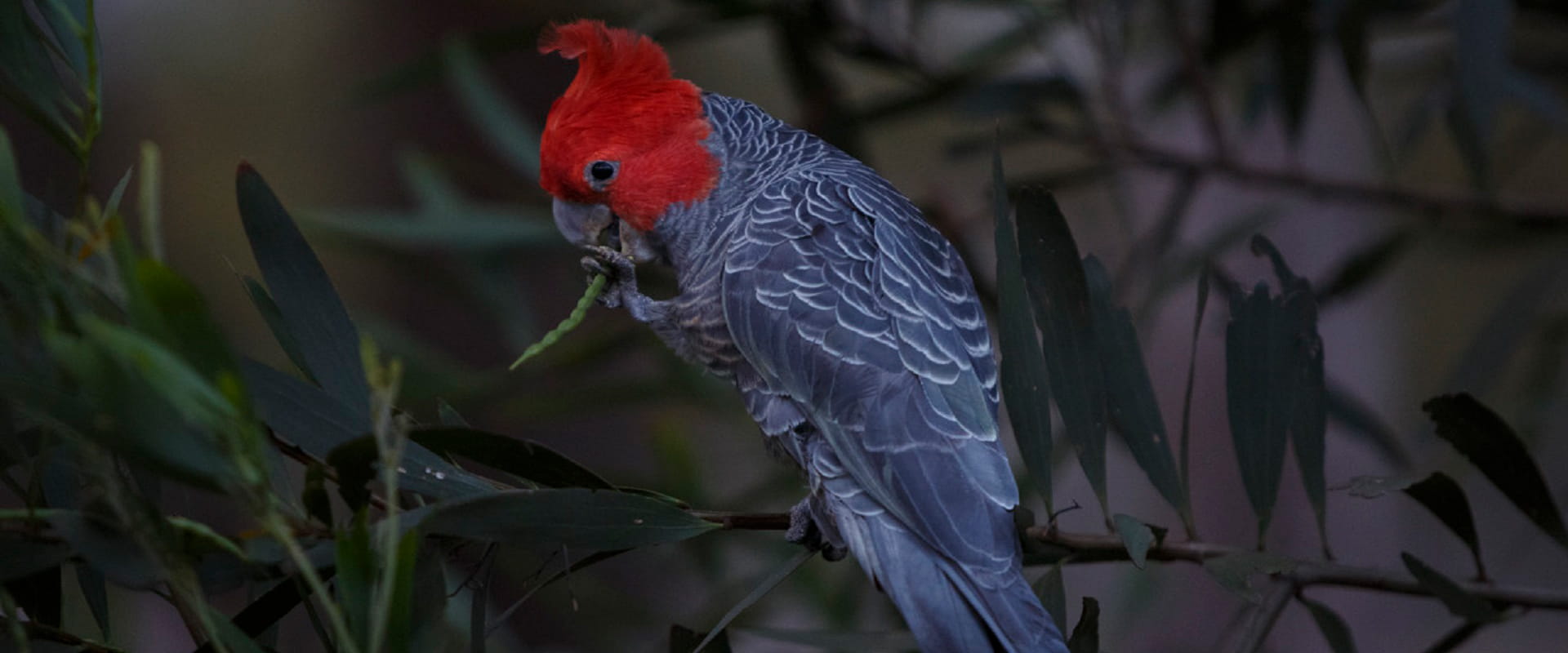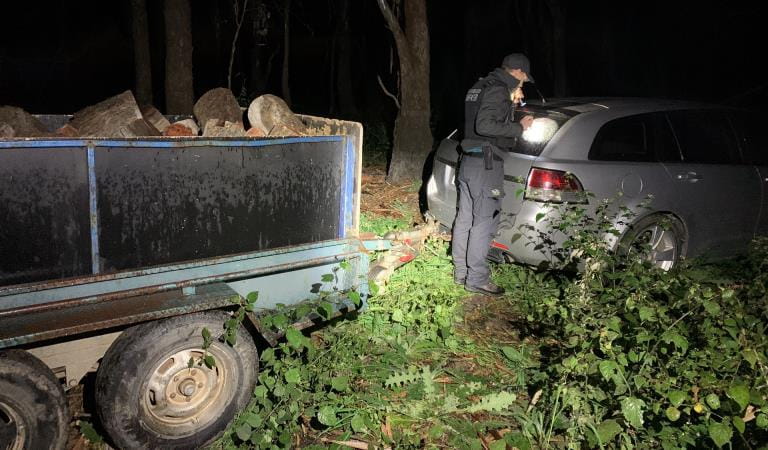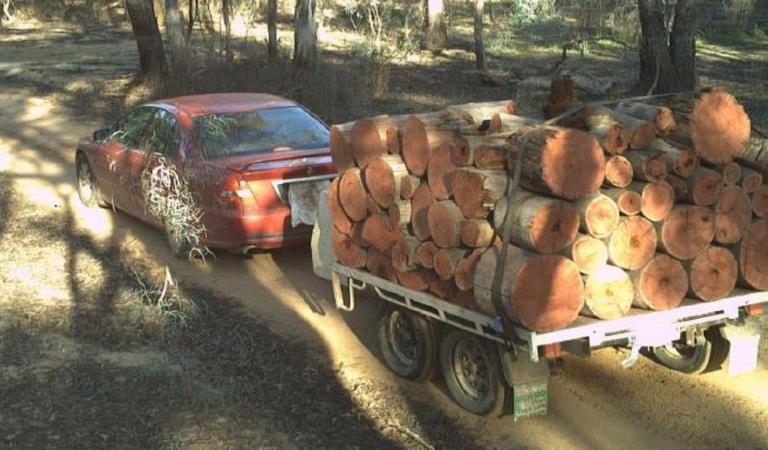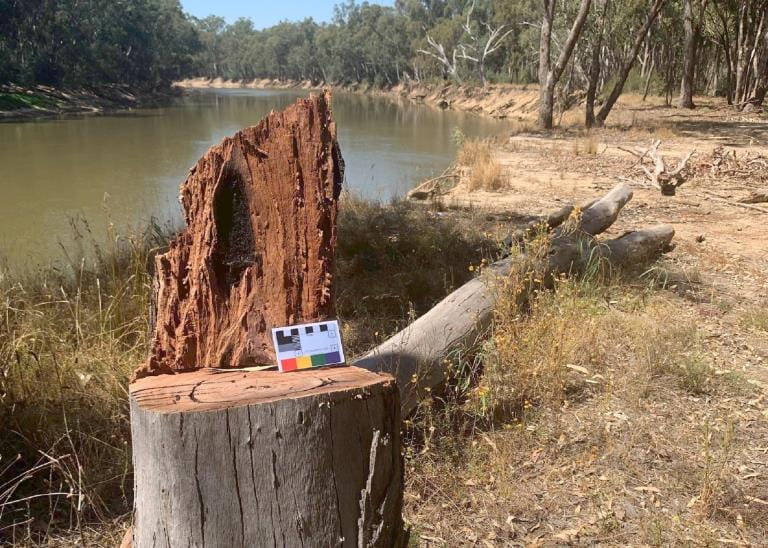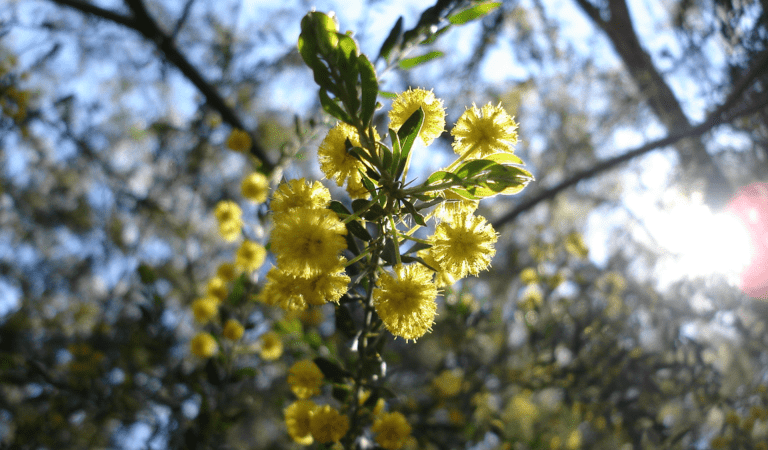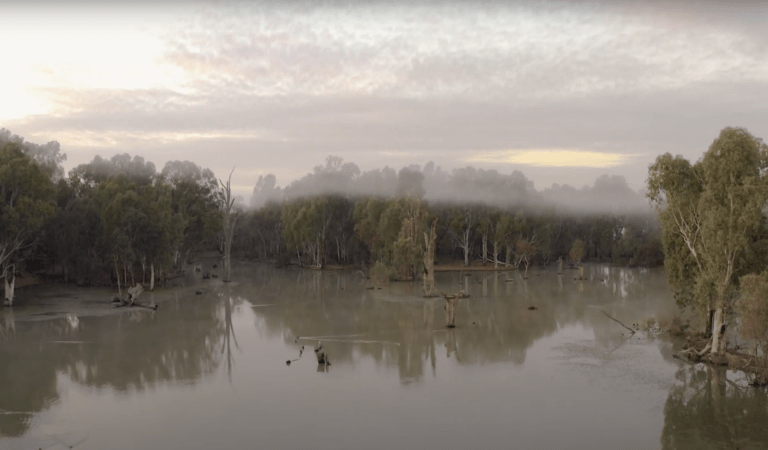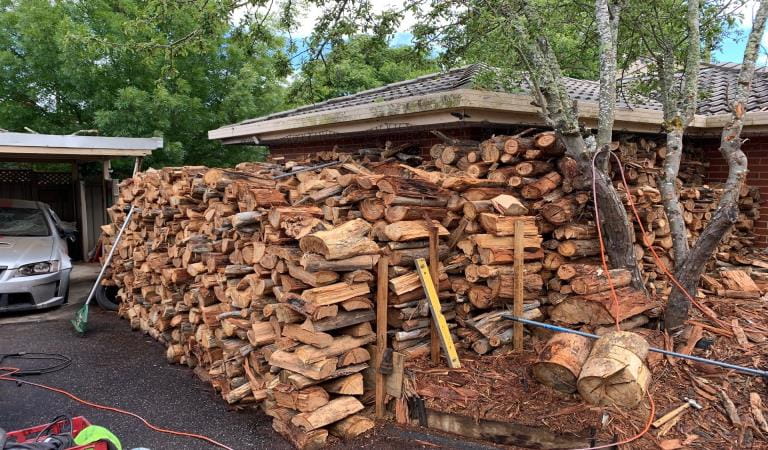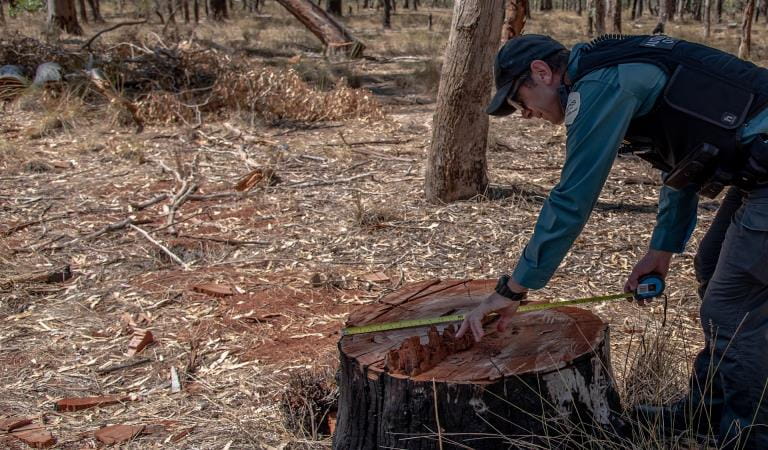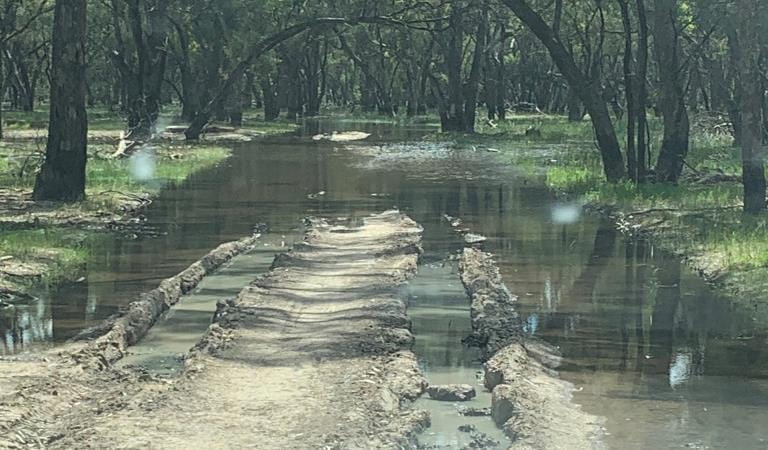Using firewood
Firewood theft is increasing on public land, devastating areas of crucial habitat and irreplaceable Aboriginal cultural heritage.
While many Victorians rely on firewood for heating and cooking, whether you purchase it or collect it yourself, it is crucial to source your wood legally and responsibly.
Parks are not only protected to provide habitat for our native species, they offer spaces for a wide range of activities for people to enjoy. Our job as land managers is to ensure these things happen in harmony, so the natural and cultural values of parks are sustained for the future.
Firewood theft threatens our wildlife and the health of our environment.
Our native animals rely on tree hollows, created over centuries in standing trees, and fallen timber like dead logs, branches and stumps that form coarse woody debris. Crevices under logs and hollows in trees provide safe places for mammals, reptiles, birds and insects to live and are the perfect place to protect their young from predators.
To them, people taking firewood is taking their home.
Fallen timber and standing trees, both living and dead, also keep our parks and forests healthy. They provide food resources, protect and improve water quality and availability, prevent soil erosion, store carbon, and recycle nutrients into the ecosystem during various stages of natural decay.
Meet eight native animals that rely on old-growth habitat for survival
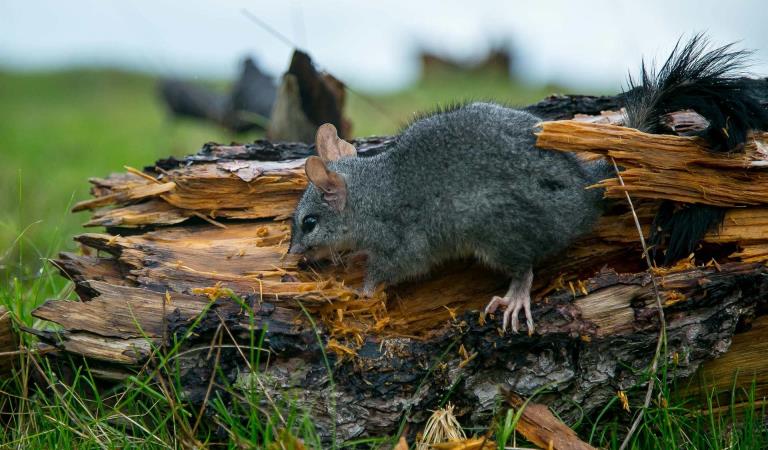
Brush-tailed phascogale
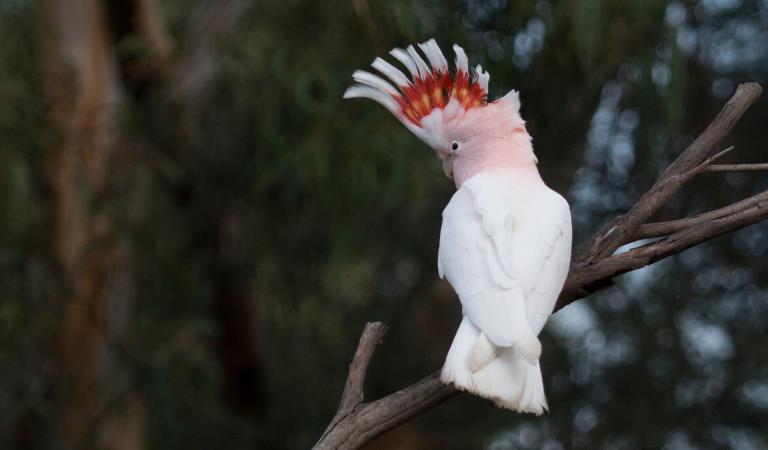
Pink Cockatoo
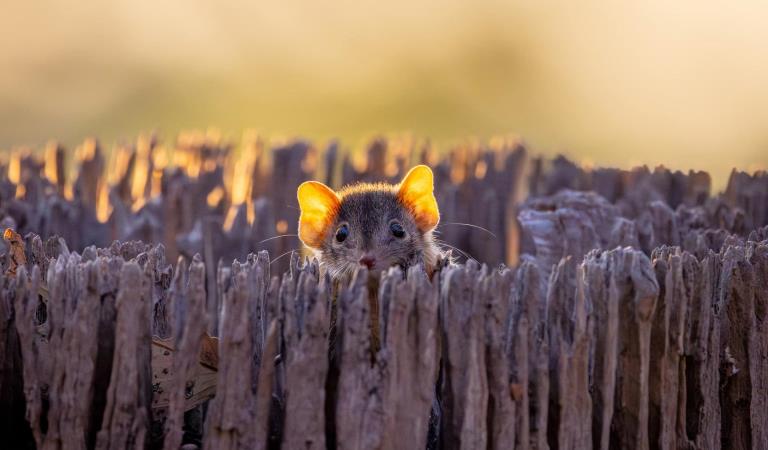
Yellow-footed antechinus
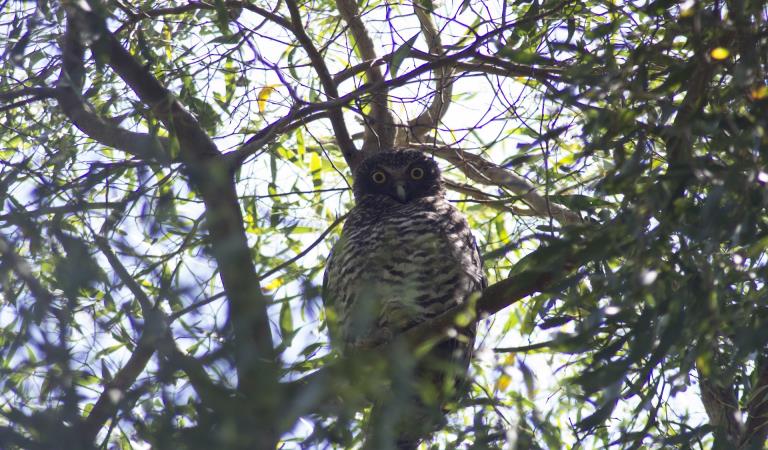
Powerful owl
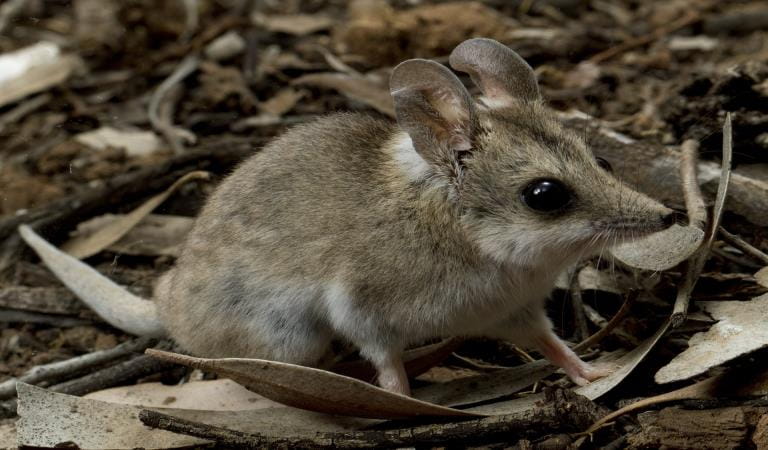
Fat-tailed dunnart
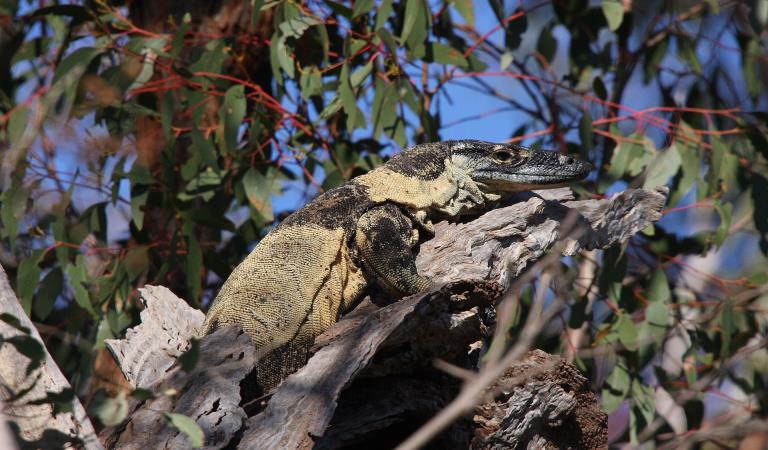
Lace monitor
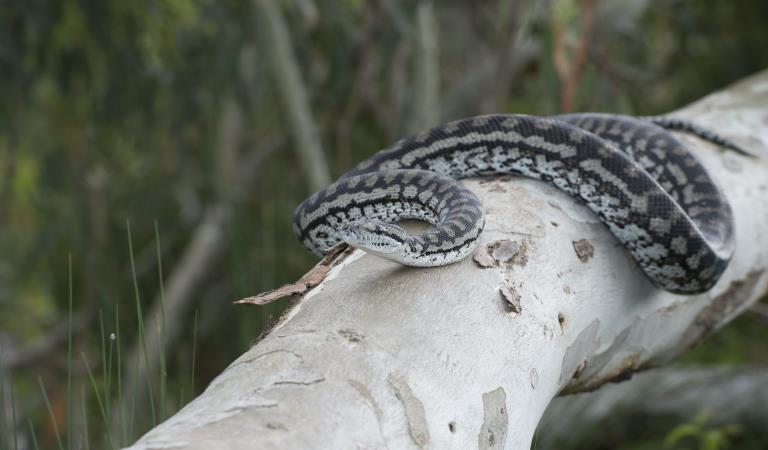
Carpet python
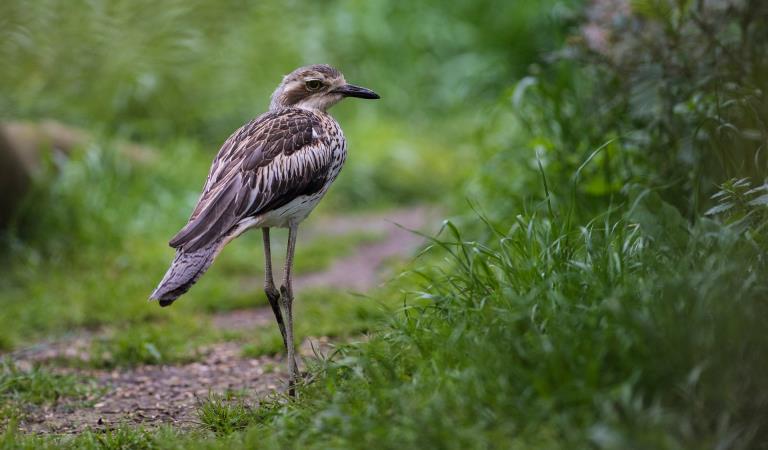
Bush stone-curlew
Aboriginal scarred trees are not exempt from the devastating impacts of illegal firewood theft
Culturally modified trees, or scarred trees, can be found all over Victoria – often along major rivers, around lakes and on flood plains.
Aboriginal people create scars by removing bark from trees in careful and considerate ways for various purposes. They are important storytellers and totems to their Country and cultural heritage.
Bark is removed while a tree is still alive, which means it can heal over time with a regeneration of bark growing over the sides of the scar, creating a rounded shape similar to that of an elongated oval.
As explained by First Peoples – State Relations: “They tell us where Aboriginal people used to live, and help us find other types of archaeological sites, such as scatters of stone tools. Scarred trees also provide Aboriginal people today with an important link to their culture and their past”.
Once gone, an important piece of Aboriginal cultural heritage is lost forever.
All Aboriginal places, objects and ancestral remains are protected in Victoria. It is an offence to harm Aboriginal heritage and substantial penalties apply under the Aboriginal Heritage Act 2006.
If you think you have found a scarred tree or other Aboriginal cultural heritage, contact your relevant Registered Aboriginal Party (if one has been appointed) or First Peoples – State Relations on 1800 762 003.
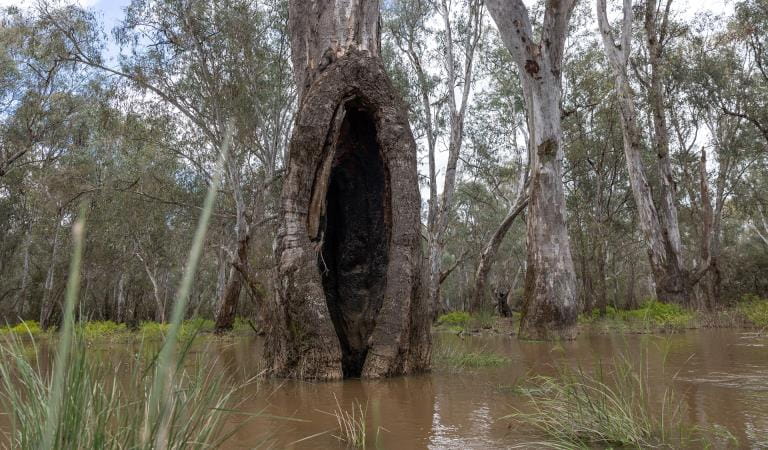
Yorta Yorta Country
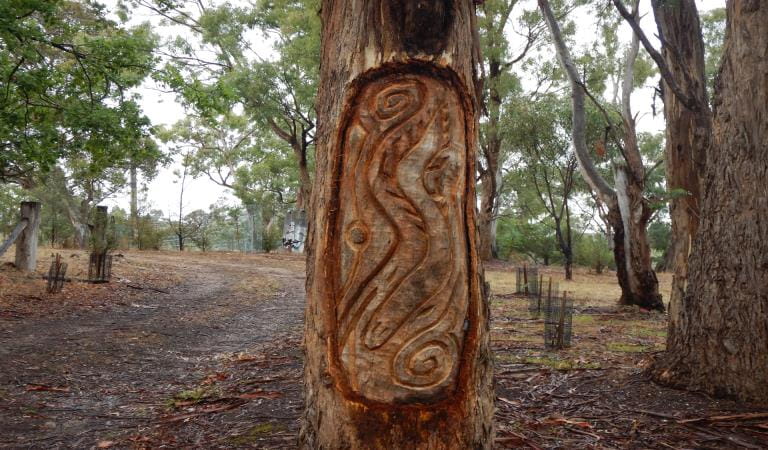
Wurundjeri Woi Wurrung Country
Sourcing firewood in Victoria
-
Collecting firewood
It is illegal to cut down and remove trees from Parks Victoria land without authorisation.
Victorians can legally collect free firewood for personal use from designated collection areas in state forests during the autumn and spring firewood collection seasons. Rules apply around where, when, what and how much wood can be collected.
These areas are managed by Forest Fire Management Victoria and firewood collection is regulated by the Conservation Regulator. Visit the Forest Fire Management Victoria website for more information.
If you’re visiting a state park and plan to have a campfire, please bring your own firewood with you. You are only allowed to collect dead wood from the ground to use for campfires in some parks – make sure you check the local rules before you travel or you could face a fine.
Where allowed, use dead wood sparingly by keeping your campfire to one square metre and only lit when it is required for warmth or cooking. Better still, use alternatives like a lightweight stove.
-
Buying firewood
Firewood is commonly sold on social media, at roadside stalls, and through word-of-mouth. While these can be convenient options, it can be difficult to verify where the wood comes from.
Unfortunately, some firewood on the market is illegally sourced and there are sellers seeking to take advantage of unsuspecting buyers. If you’re purchasing firewood, please think before you buy to avoid inadvertently supporting illegal habitat destruction.
Visit the Conservation Regulator’s website for more information and tips when buying firewood.
-
Consequences of firewood theft
Many of the illegally felled trees we find during patrols are more than 100-years-old, which means they won’t be replaced in our lifetime, or even the next generations'. These large, dead-standing-trees are disappearing unlawfully from the landscape, and we are committed to finding and penalising the offenders.
Parks Victoria works in partnership with the Conservation Regulator and Forest Fire Management Victoria to patrol parks, forests and reserves, targeting illegal firewood activity and habitat destruction.
Authorised Officers can issue infringement notices to those caught breaking the rules and serious offences will be taken to court. They can also seize any items involved in personal or commercial firewood theft, including equipment such as chainsaws, trailers, and vehicles.
Parks Victoria encourages the community to assist by reporting any suspected illegal firewood collection on 13 1963 if it safe to do so.


